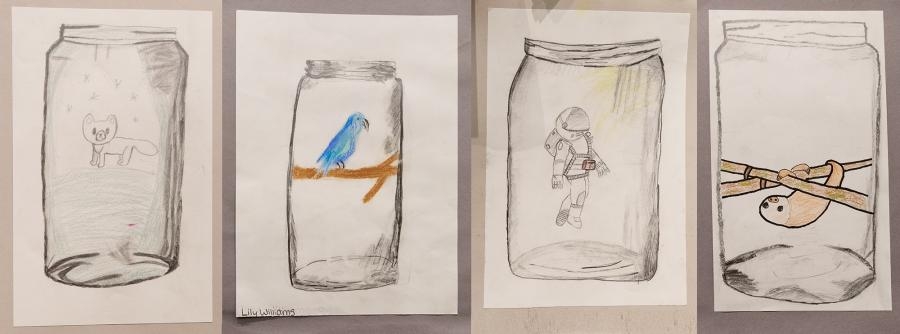Hope in an Era of Climate Change
We all need some hope in our lives these days. This is especially true after the October release of the most recent Intergovernmental Panel on Climate Change (IPCC) report, and the just released National Climate Assessment. The IPCC report detailed the compounding impacts of climate change, and the dire outlook for our planet. Yet, it also states that we already have the knowledge, skills, and technology to take action for positive change. Hope can take many forms and this gives me hope! Climate change education is our next step.

Recently, I was one of hundreds of educators gathered at the Drawdown Learn conference in New York, sharing how we use Drawdown, the book and accompanying website, as a teaching tool. Drawdown is framed through the 100 most impactful actions we can take to reverse climate change. (We reviewed it here last year. And there’s a new TED talk on it, too.) This lofty statement is backed up by comprehensive research into the impact of a wide variety of solutions. Some of them may surprise you!
At the conference, educators shared myriad creative approaches to teaching about the climate change solutions in Drawdown. By teaching about the solutions, educators shift the focus from the impossible to the possible. This builds hope! And students become problem solvers, rising to the challenges of climate change in a variety of resourceful, creative, and even fun ways.
This solution-oriented approach is so important. People become easily disengaged with climate change when all they hear are messages of fear, destruction, and the overwhelming impacts. What we need right now are messages of hope, resiliency, and the solutions to keep us inspired and engaged in positive actions.
Hope through action is our mindset in all our climate-related programs on the Farm. The teachers we work with then bring this mindset to their classrooms, and it is inspiring to see their students identify solutions in their own communities and beyond. They’re implementing school composting to reduce food waste, collecting snowfall data to inform the local ski industry, preserving habitat for sensitive wildlife species, and engineering solutions to sequester carbon through farming practices.
Locally, on November 1, educators in our “Climate Creative” program opened an exhibit of student artwork in Burlington’s public library. Through sculpture, embroidery, painting, and a wide variety of other media, students expressed their hopes, fears, and lived experiences of climate change. The entire professional development program gave educators and their students the space and tools to express emotions and communicate messages of hope for the future.

If you could save one thing from climate change in a glass jar, what would you save? Our Climate Creative teachers asked this of their students as an artistic prompt, and the answers included an Arctic Fox, a Blue Macaw, an astronaut (who might be needed to find us a new planet), and a sloth. All were displayed at Burlington's Public Library, along with lots of other student artwork related to climate change.
Regionally, we’ve gathered a network of people across many sectors to strengthen climate change education beyond classroom walls. It’s inspiring to see the dedication and drive of all these individuals from nonprofits, government, and higher education working towards climate solutions. Our shared work is building regional resiliency, and it let’s all of us know we are not alone!
I am uplifted that Shelburne Farms contributes to climate change solutions both in our practices here at the Farm and through all our education and professional development programs. Being part of that gives me hope for all we can accomplish together.